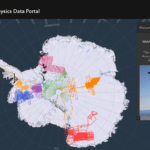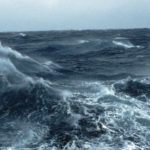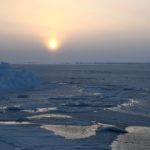Rapid retreat of Thwaites Glacier in the pre-satellite era
5 September, 2022 by Claus-Dieter Hillenbrand, James Smith, Kelly Hogan, Robert Larter
Understanding the recent history of Thwaites Glacier, and the processes controlling its ongoing retreat, is key to projecting Antarctic contributions to future sea-level rise. Of particular concern is how the…Read more on Rapid retreat of Thwaites Glacier in the pre-satellite era


